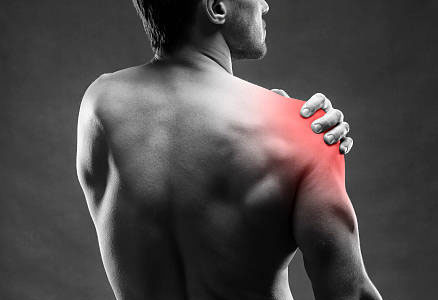

Shoulder Pain Physiotherapy
Relieve Pain • Restore Mobility • Regain Strength
Whether it’s due to injury, overuse, or poor posture, shoulder pain can interfere with your everyday life—from reaching overhead to sleeping comfortably. At Nishaas Physiotherapy Clinic, we offer a holistic and evidence-based approach to treating shoulder issues, focused on addressing both symptoms and underlying causes.
What is Shoulder Pain Physiotherapy?
A tailored therapy approach using assessment, manual treatment, rehabilitative exercises, and lifestyle counseling to reduce pain, increase mobility, and restore function in your shoulder
Common Causes of Shoulder Pain
Our Treatment Approach
- Comprehensive Assessment
Posture, joint mobility, rotator cuff and scapular function, muscle balance, and pain triggers are evaluated. - Pain Relief & Inflammation Management
Techniques such as manual therapy, heat/cold therapy, ultrasound, or electrotherapy help ease discomfort - Targeted Strengthening & Mobility Exercises
Customized exercises support rotator cuff health, scapular control, and shoulder stability—gradually restoring range of motion - Manual Therapy & Mobilization
Hands-on techniques—joint mobilization, soft tissue release, trigger point therapy—improve joint mobility and reduce stiffness - Posture & Movement Education
Ergonomic adjustments, daily movement re-training, and posture correction are taught to prevent recurrence - Long-Term Maintenance Plan
Home exercise programs, posture correction techniques, and lifestyle tips are provided for sustained recovery
Techniques Used
Why Choose Nishaas Physiotherapy Clinic?
FAQ
If shoulder pain lasts more than a few days, restricts movement, or persists despite rest, professional evaluation is recommended.
Yes. With gradual stretching, manual therapy, and strengthening exercises, many patients regain full range of motion and function.
Typical recovery begins within 6–8 sessions, though complex or chronic conditions may require more time.
Absolutely. Through strengthening, mobilization, and posture correction, many patients recover without surgery